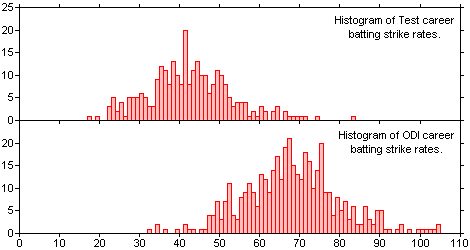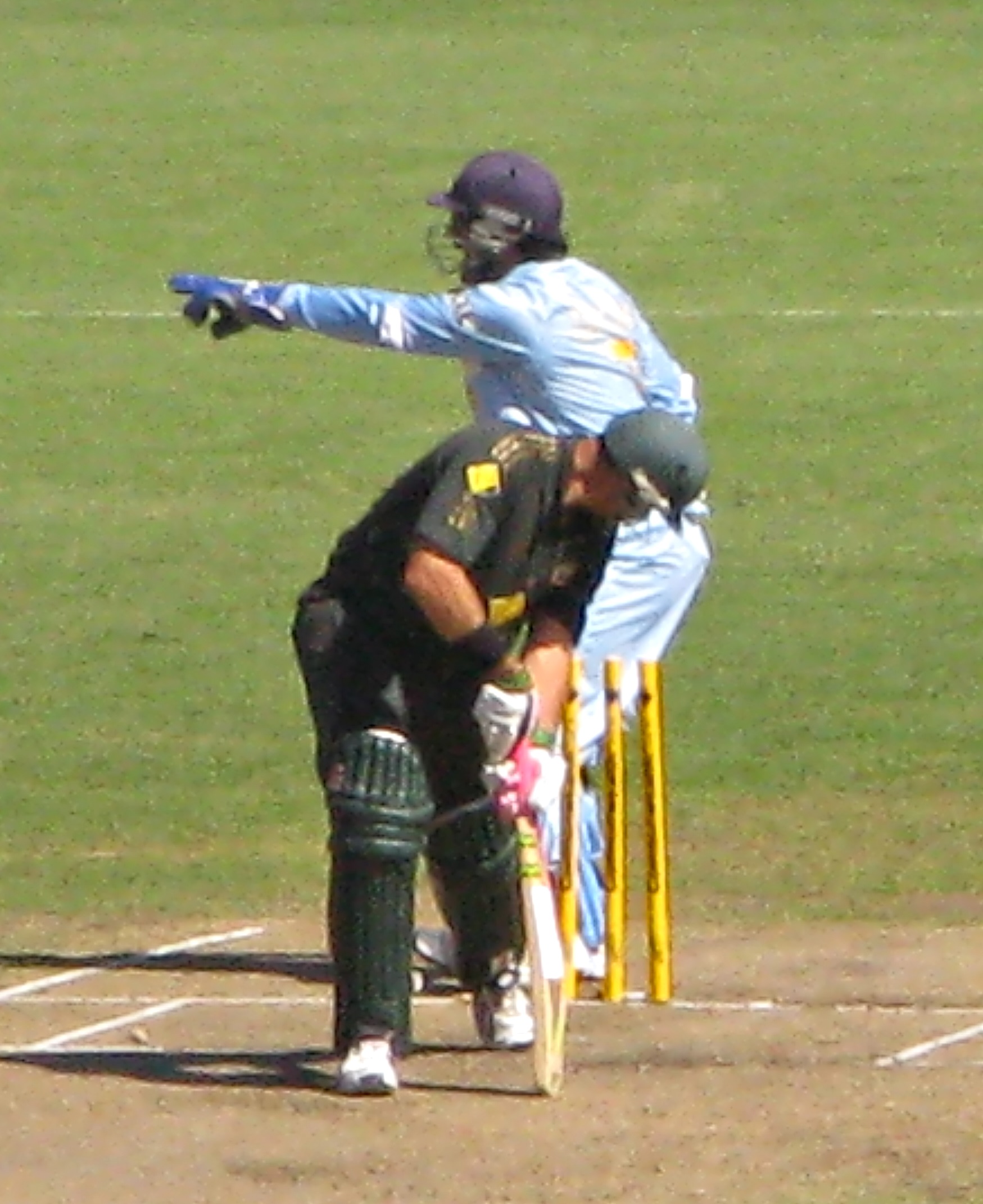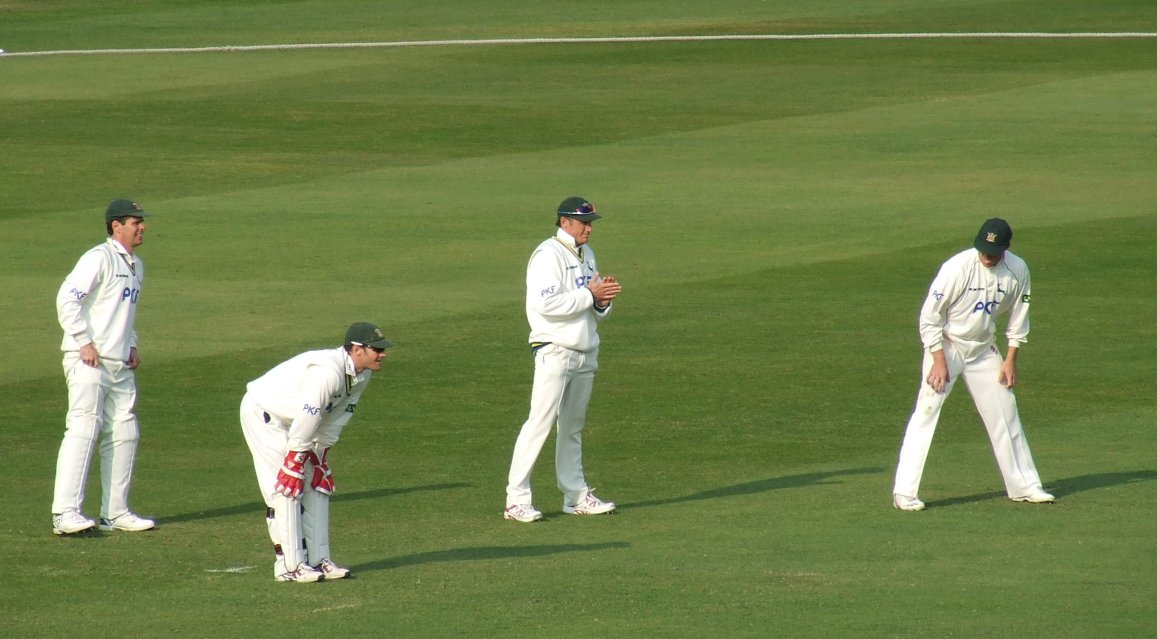|
List Of Nevis Twenty20 Cricketers
From the team's first match in July 2006 to its last match in February 2008, nineteen players represented the Nevis cricket team in Twenty20 matches. A Twenty20 is a cricket match between two representative teams of one twenty-over innings per side. Unlike in most other sports, the two constituent islands that make up the Federation of Saint Kitts and Nevis are independently represented and field separate teams in West Indian domestic cricket. Nevis, represented by the Nevis Cricket Association, is a full member of the Leeward Islands Cricket Association, and Nevis competes regularly in regional tournaments. All five of the team's matches came in the Stanford 20/20 competition, which was held twice (in 2006 and 2008). – CricketArchive. Retrieved 5 June 2013. Ke ...
|
Flag Of Nevis
The flag of Saint Kitts and Nevis consists of a yellow-edged black band containing two white stars that divides diagonally from the lower hoist-side corner, with a green upper triangle and red lower triangle. Adopted in 1983 to replace the flag of Saint Christopher-Nevis-Anguilla, it has been the flag of the Federation of Saint Kitts and Nevis since the country gained independence that year. Although the flag utilises the colours of the Pan-Africanist movement, the symbolism behind them is interpreted differently. The three islands later became part of the West Indies Federation in 1958; after this dissolved four years later, they were granted the status of associate state as Saint Christopher-Nevis-Anguilla. However, Anguilla decided to secede from the federation in 1969, owing to fears that their population, which was already small, would be further marginalised in parliament. This was eventually formalised in 1980, and a new flag for the remaining parts of the federation w ... [...More Info...] [...Related Items...] OR: [Wikipedia] [Google] [Baidu] |
Strike Rate
Strike rate refers to two different statistics in the sport of cricket. Batting strike rate is a measure of how quickly a batter achieves the primary goal of batting, namely scoring runs, measured in runs per 100 balls; higher is better. Bowling strike rate is a measure of how quickly a bowler achieves the primary goal of bowling, namely taking wickets (i.e. getting batters out)measured in balls per wicket; lower is better. For bowlers, economy rate is a more frequently discussed statistic. Both strike rates are relatively new statistics, having only been invented and considered of importance after the introduction of One Day International cricket in the 1970s. Batting strike rate Batting strike rate (s/r) is defined for a batter as the average number of runs scored per 100 balls faced. The higher the strike rate, the more effective a batter is at scoring quickly. In Test cricket, a batter's strike rate is of secondary importance to ability to score runs without getting out. ... [...More Info...] [...Related Items...] OR: [Wikipedia] [Google] [Baidu] |
Nevis Representative Cricketers
Nevis is a small island in the Caribbean Sea that forms part of the inner arc of the Leeward Islands chain of the West Indies. Nevis and the neighbouring island of Saint Kitts constitute one country: the Federation of Saint Kitts and Nevis. Nevis is located near the northern end of the Lesser Antilles archipelago, about east-southeast of Puerto Rico and west of Antigua. Its area is and the capital is Charlestown. Saint Kitts and Nevis are separated by a shallow channel known as " The Narrows". Nevis is roughly conical in shape, with a volcano known as Nevis Peak at its centre. The island is fringed on its western and northern coastlines by sandy beaches composed of a mixture of white coral sand with brown and black sand eroded and washed down from the volcanic rocks that make up the island. The gently-sloping coastal plain ( wide) has natural freshwater springs as well as non-potable volcanic hot springs, especially along the western coast. The island was named '' ... [...More Info...] [...Related Items...] OR: [Wikipedia] [Google] [Baidu] |
Wicket (dismissal)
In cricket, the term wicket has several meanings: * It is one of the two sets of three stumps and two bails at either end of the pitch. The fielding team's players can hit the wicket with the ball in a number of ways to get a batsman out. ** The wicket is guarded by a batsman who, with his bat (and sometimes with his pads, but see the laws on LBW, leg before wicket), attempts to prevent the ball from hitting the wicket (if it does, he is bowled out) and to score runs where possible. * Through metonymic usage, the dismissal of a batsman is known as the ''taking of a wicket'', * The cricket pitch itself is sometimes referred to as ''the wicket''. History The origin of the word is from wicket gate, a small gate. Originally, cricket wickets had only two stumps and one bail and looked like a gate, much like the wicket used in the North American game of wicket. The third (middle) stump was introduced in 1775, after Lumpy Stevens bowled three successive deliveries to John ... [...More Info...] [...Related Items...] OR: [Wikipedia] [Google] [Baidu] |
Run (cricket)
In cricket, a run is the unit of scoring. The team with the most runs wins in many versions of the game, and always draws at worst (see result), except for some results decided by the DLS method, which is used in rain-shortened limited-overs games when the two teams have had a different number of opportunities to score runs. One run (known as a "single") is scored when the two batters (the striker and the non-striker) start off positioned at opposite ends of the pitch (which has a length of 22 yards) and then they each arrive safely at the other end of the pitch (i.e. they cross each other without being run out). There is no limit on the number of runs that may be scored off of a single delivery, and depending on how long it takes the fielding team to recover the ball, the batters may run more than once. Each completed run, if it occurs after the striker hit the ball with the bat (or a gloved hand holding the bat), increments the scores of both the team and the striker. A b ... [...More Info...] [...Related Items...] OR: [Wikipedia] [Google] [Baidu] |
Stumped
Stumped is a method of dismissing a batsman in cricket, which involves the wicket-keeper putting down the wicket while the batsman is out of his ground. (The batsman leaves his ground when he has moved down the pitch beyond the popping crease, usually in an attempt to hit the ball). The action of stumping can only be performed by a wicket-keeper, and can only occur from a legitimate delivery (i.e. not a no-ball), while the batsman is not attempting a run; it is a special case of a run out. Being "out of his ground" is defined as not having any part of the batsman's body or his bat touching the ground behind the crease – i.e., if his bat is slightly elevated from the floor despite being behind the crease, or if his foot is on the crease line itself but not completely across it and touching the ground behind it, then he would be considered out (if stumped). One of the fielding team (such as the wicket-keeper himself) must appeal for the wicket by asking the umpire. The appea ... [...More Info...] [...Related Items...] OR: [Wikipedia] [Google] [Baidu] |
Caught (cricket)
Caught is a method of dismissing a batsman in cricket. A batsman is out caught if the batsman hits the ball, from a legitimate delivery, with the bat, and the ball is caught by the bowler or a fielder before it hits the ground. If the ball hits the stumps after hitting the wicket-keeper, If the wicket-keeper fails to do this, the delivery is a "no ball", and the batsman cannot be stumped (nor run out, unless he attempts to run to the other wicket.) If the catch taken by the wicket-keeper,then informally it is known as caught behind or caught at the wicket. A catch by the bowler is known as caught and bowled. This has nothing to do with the dismissal bowled but is rather a shorthand for saying the catcher and bowler are the same player. (The scorecard annotation is usually ''c. and b.'' or ''c&b'' followed by the bowler's name.) Caught is the most common method of dismissal at higher levels of competition, accounting for 36,190 Test match dismissals between 1877 and 2012, wh ... [...More Info...] [...Related Items...] OR: [Wikipedia] [Google] [Baidu] |
Fielding (cricket)
Fielding in the sport of cricket is the action of fielders in collecting the ball after it is struck by the striking batter, to limit the number of runs that the striker scores and/or to get a batter out by either catching a hit ball before it bounces, or by running out either batter before they can complete the run they are currently attempting. There are a number of recognised fielding positions, and they can be categorised into the offside and leg side of the field. Fielding also involves preventing the ball from going to or over the edge of the field (which would result in runs being scored by the batting team in the form of a boundary). A ''fielder'' or ''fieldsman'' may field the ball with any part of his body. However, if while the ball is in play he wilfully fields it otherwise (e.g. by using his hat), the ball becomes dead and five penalty runs are awarded to the batting side, unless the ball previously struck a batter not attempting to hit or avoid the ball. ... [...More Info...] [...Related Items...] OR: [Wikipedia] [Google] [Baidu] |
Economy Rate
In cricket, a bowler's economy rate is the average number of runs they have conceded per over bowled. In most circumstances, the lower the economy rate is, the better the bowler is performing. It is one of a number of statistics used to compare bowlers, commonly used alongside bowling average and strike rate to judge the overall performance of a bowler. Calculation The calculation is: \text = \frac Overs are conventionally represented as decimals from 0.1 to 0.6, so must be converted into true fractions before used in the calculation (e.g. "0.3 overs" represents three balls, which is half a six-ball over). For example, a bowler conceding 31 runs from 10.2 overs (i.e. 10 overs and 2 balls), has an economy rate of 31/10.33333 = 3.0 runs per over. If the bowler then bowls again, conceding a further 20 runs from 5.5 overs (i.e. 5 overs and 5 balls), then overall they have conceded 51 runs from 16.1 overs, so their overall economy rate is 51/16.1667 = 3.15 runs per over. Byes and ... [...More Info...] [...Related Items...] OR: [Wikipedia] [Google] [Baidu] |
Bowling Average
In cricket, a player's bowling average is the number of runs they have conceded per wicket taken. The lower the bowling average is, the better the bowler is performing. It is one of a number of statistics used to compare bowlers, commonly used alongside the economy rate and the strike rate to judge the overall performance of a bowler. When a bowler has taken only a small number of wickets, their bowling average can be artificially high or low, and unstable, with further wickets taken or runs conceded resulting in large changes to their bowling average. Due to this, qualification restrictions are generally applied when determining which players have the best bowling averages. After applying these criteria, George Lohmann holds the record for the lowest average in Test cricket, having claimed 112 wickets at an average of 10.75 runs per wicket. Calculation A cricketer's bowling average is calculated by dividing the numbers of runs they have conceded by the number of wickets t ... [...More Info...] [...Related Items...] OR: [Wikipedia] [Google] [Baidu] |
List Of Cricket Terms
This is a general glossary of the terminology used in the sport of cricket. Where words in a sentence are also defined elsewhere in this article, they appear in italics. Certain aspects of cricket terminology are explained in more detail in cricket statistics and the naming of fielding positions is explained at fielding (cricket). Cricket is known for its rich terminology.''Glossary of cricket terms'' from the retrieved 13 May 2008Cricket Academy – Glossary from ... [...More Info...] [...Related Items...] OR: [Wikipedia] [Google] [Baidu] |
Wicket
In cricket, the term wicket has several meanings: * It is one of the two sets of three stumps and two bails at either end of the pitch. The fielding team's players can hit the wicket with the ball in a number of ways to get a batsman out. ** The wicket is guarded by a batsman who, with his bat (and sometimes with his pads, but see the laws on LBW, leg before wicket), attempts to prevent the ball from hitting the wicket (if it does, he is bowled out) and to score runs where possible. * Through metonymic usage, the dismissal of a batsman is known as the ''taking of a wicket'', * The cricket pitch itself is sometimes referred to as ''the wicket''. History The origin of the word is from wicket gate, a small gate. Originally, cricket wickets had only two stumps and one bail and looked like a gate, much like the wicket used in the North American game of wicket. The third (middle) stump was introduced in 1775, after Lumpy Stevens bowled three successive deliveries to John ... [...More Info...] [...Related Items...] OR: [Wikipedia] [Google] [Baidu] |



.jpg)





